Most readers of our magazine know what Apple has in store for us on Monday evenings. We can already install the developer beta versions of iOS 15, iPadOS 15, macOS 12 Monterey and watchOS 8 in our products. To tell you the truth, I and many other users were really looking forward to iPadOS. The hope of improving the system was underlined by the introduction of iPad Pro with M1, the performance of which previous versions of iPadOS could not use. But the sad thing is that iPadOS 15 probably won't be much better. You ask why? So keep reading.
It could be interest you
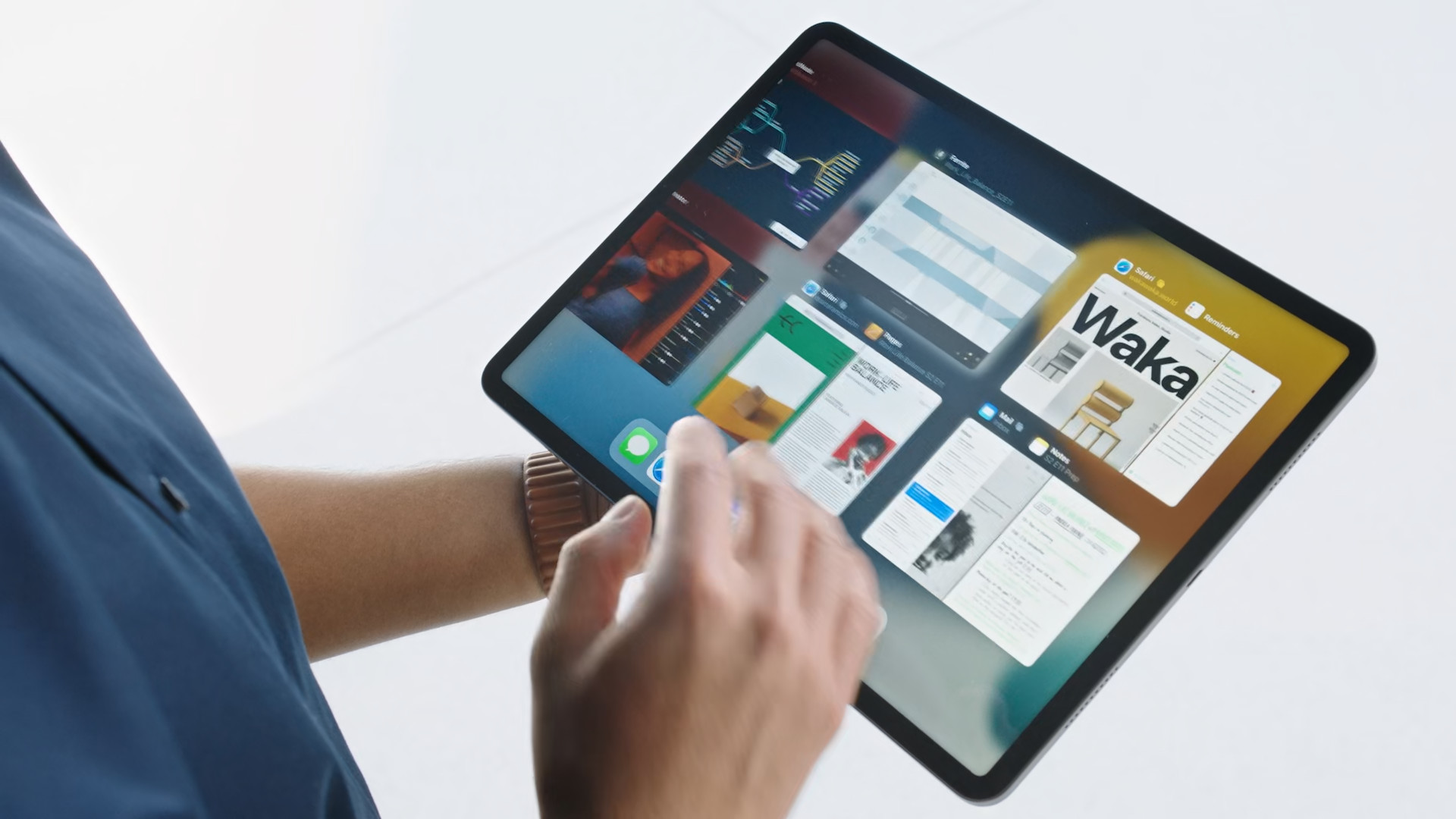
Partial improvements are great for casual users, but won't make professionals happy
I installed the first developer beta of iPadOS almost as soon as I could. And despite the fact that it is still early for a review, from the beginning I am pleasantly surprised by both its stability and useful improvements. Whether we're talking about the Focus mode, the ability to move widgets anywhere on the screen, or the FaceTim gimmicks, I can't say half a word against it. From the perspective of a person who uses the iPad to communicate, join online meetings, take notes and work with documents, we have seen some nice improvements. But the California company kind of forgot about the professionals.
Programming on the iPad is a nice idea, but who will use it?
The moment Apple started touting its tablets, I hoped it wouldn't stop at empty words. At first glance, professionals don't really care, because the Californian giant has introduced tools that allow you to create iOS and iPadOS applications. But in the situation that iPadOS finds itself in, I wonder who these tools are for?
To tell you the truth, I'm not that well versed in programming, scripting and the like, but if I were to get into this creative activity, I'd definitely use the iPad as my primary tool. Due to my visual impairment, I don't need to see the display, so the size of the screen doesn't really matter to me. However, the vast majority of developers I've talked to use at least one external monitor for programming, mainly because of the large code. The iPad does support the connection of monitors, but so far to a rather limited extent. I highly doubt that the developer sort would prefer a tablet over a laptop or desktop. Sure, the usability of an apple tablet will certainly move it somewhere, but certainly not in the way that many wanted.
It could be interest you

We expected multimedia software, but Apple once again chose its own path
It is clear that after the arrival of the powerful M1 processor, many of us wanted to be able to use the power somehow, either to run programs designed for macOS or thanks to professional tools such as Final Cut Pro or Logic Pro. Now we have been given the opportunity to develop applications, but in my opinion, not as many people will appreciate this as the aforementioned functions.
It is very nice and useful that you can create a quick note directly from the control center, you can move windows at will when multitasking, you can rearrange widgets on the desktop and you can share the screen via FaceTime, but are these really the functions that professional tablet users require? There is still plenty of time until September, and it is possible that Apple will pull an ace up its sleeve for the next Keynote. Although I like iPadOS, I cannot be satisfied with the new features in its latest version.





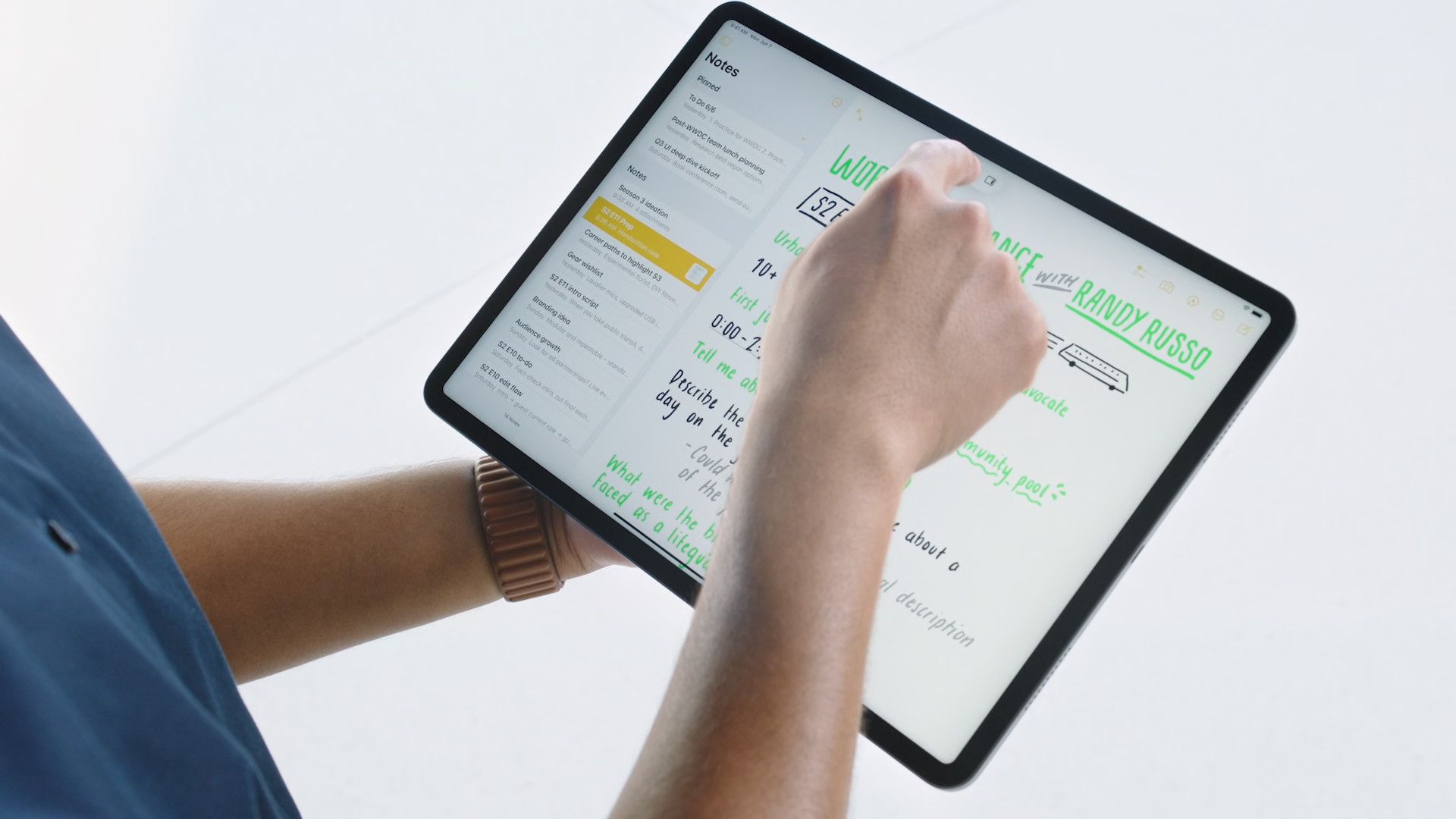
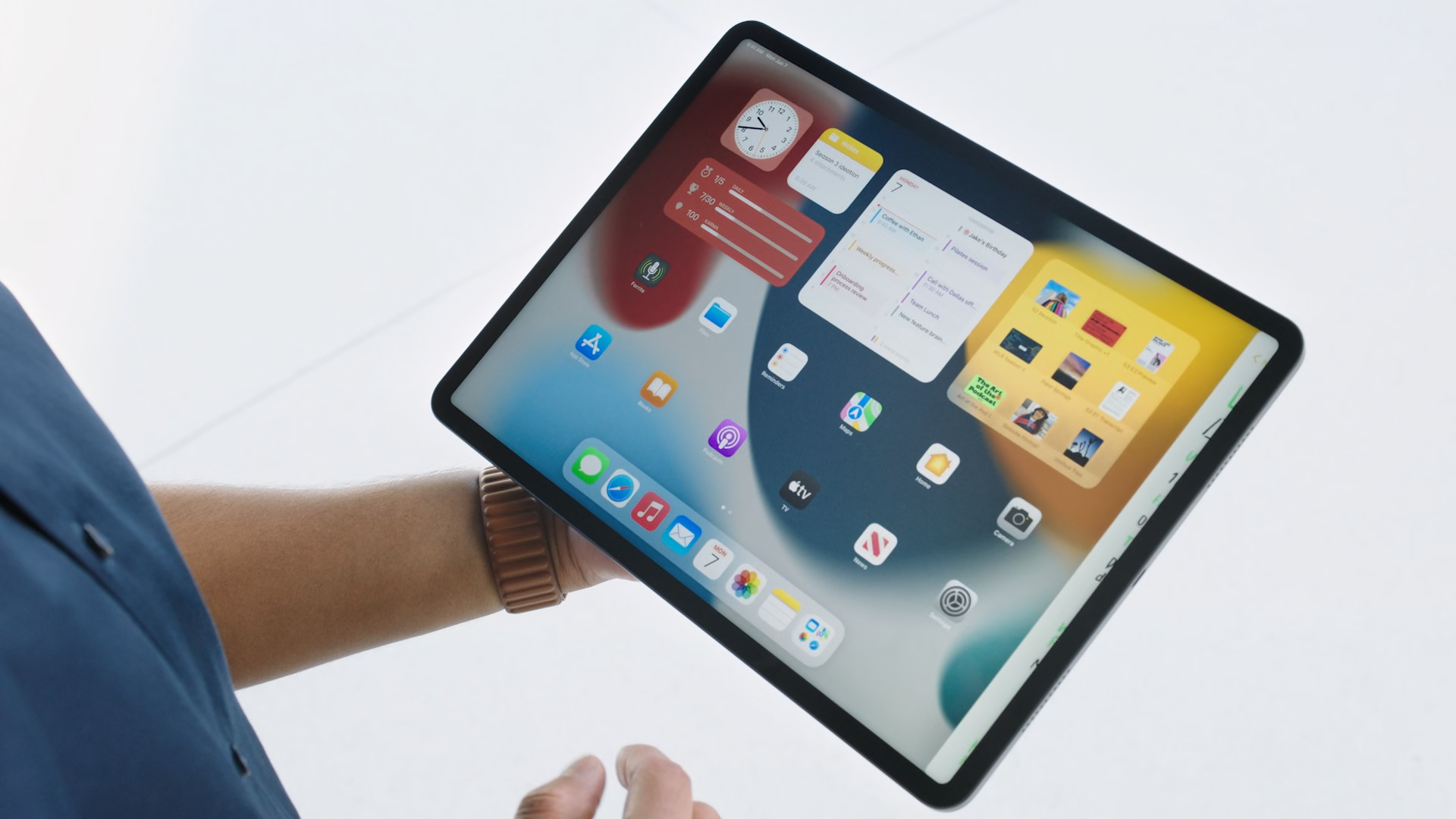




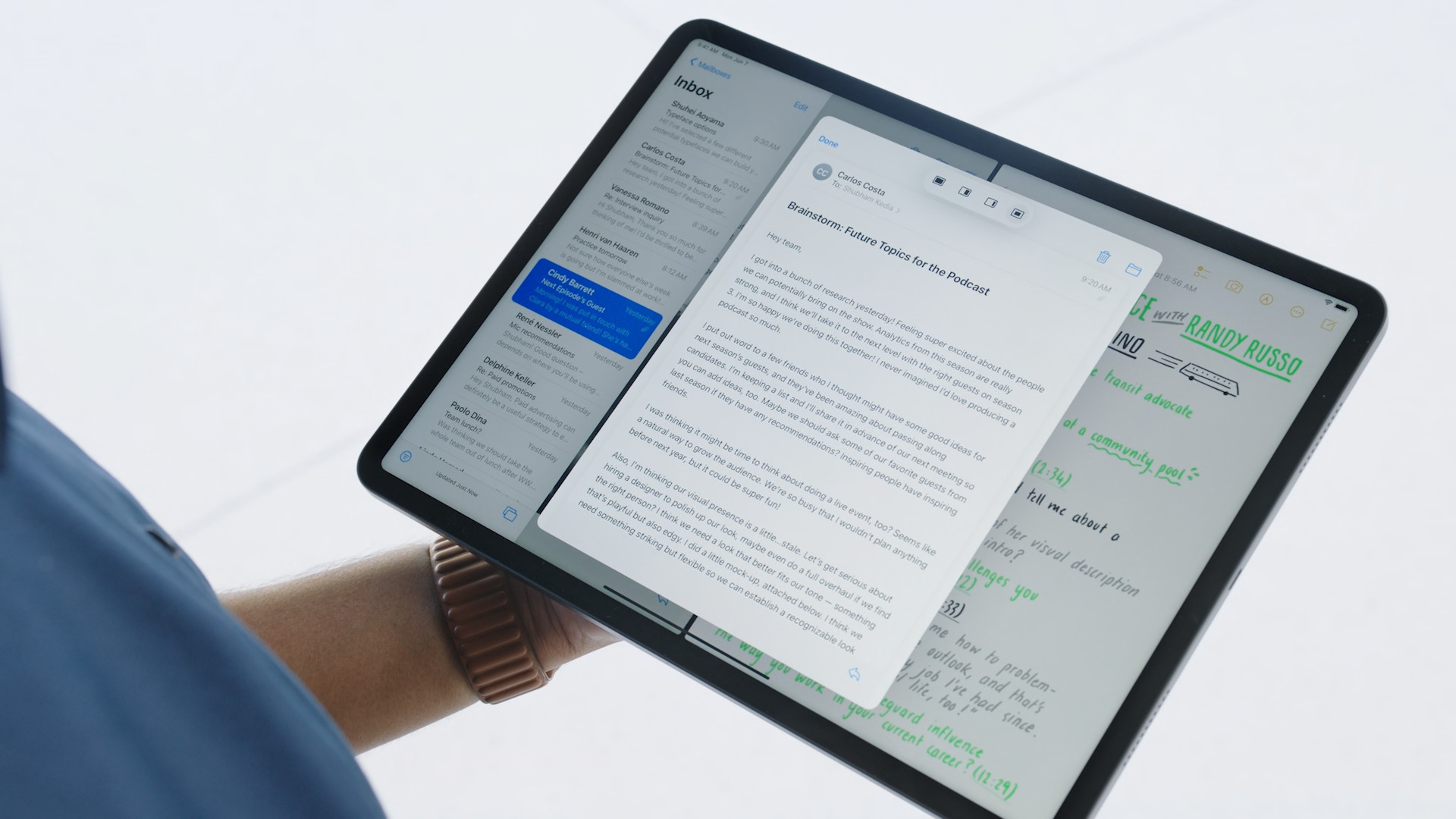
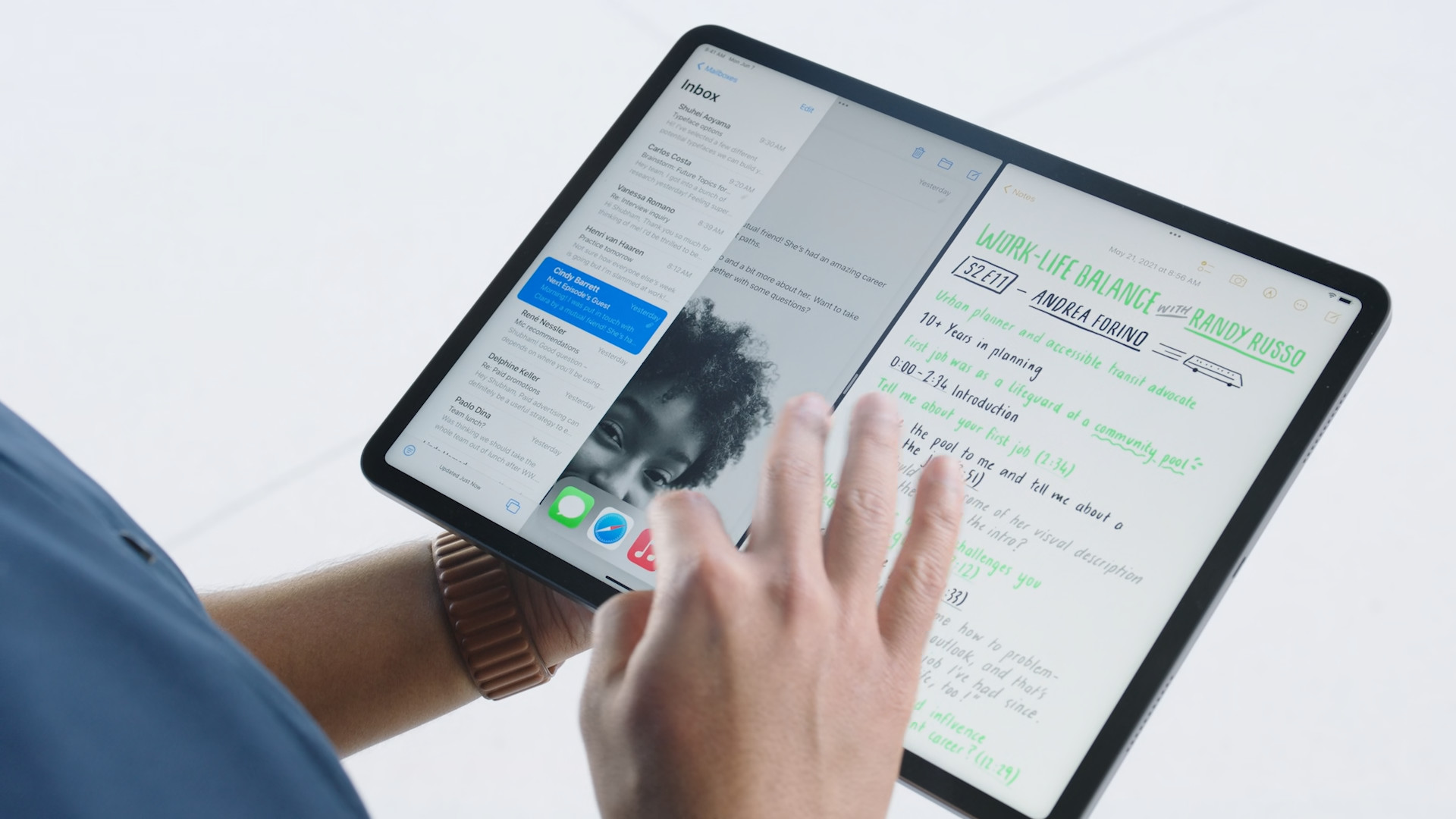

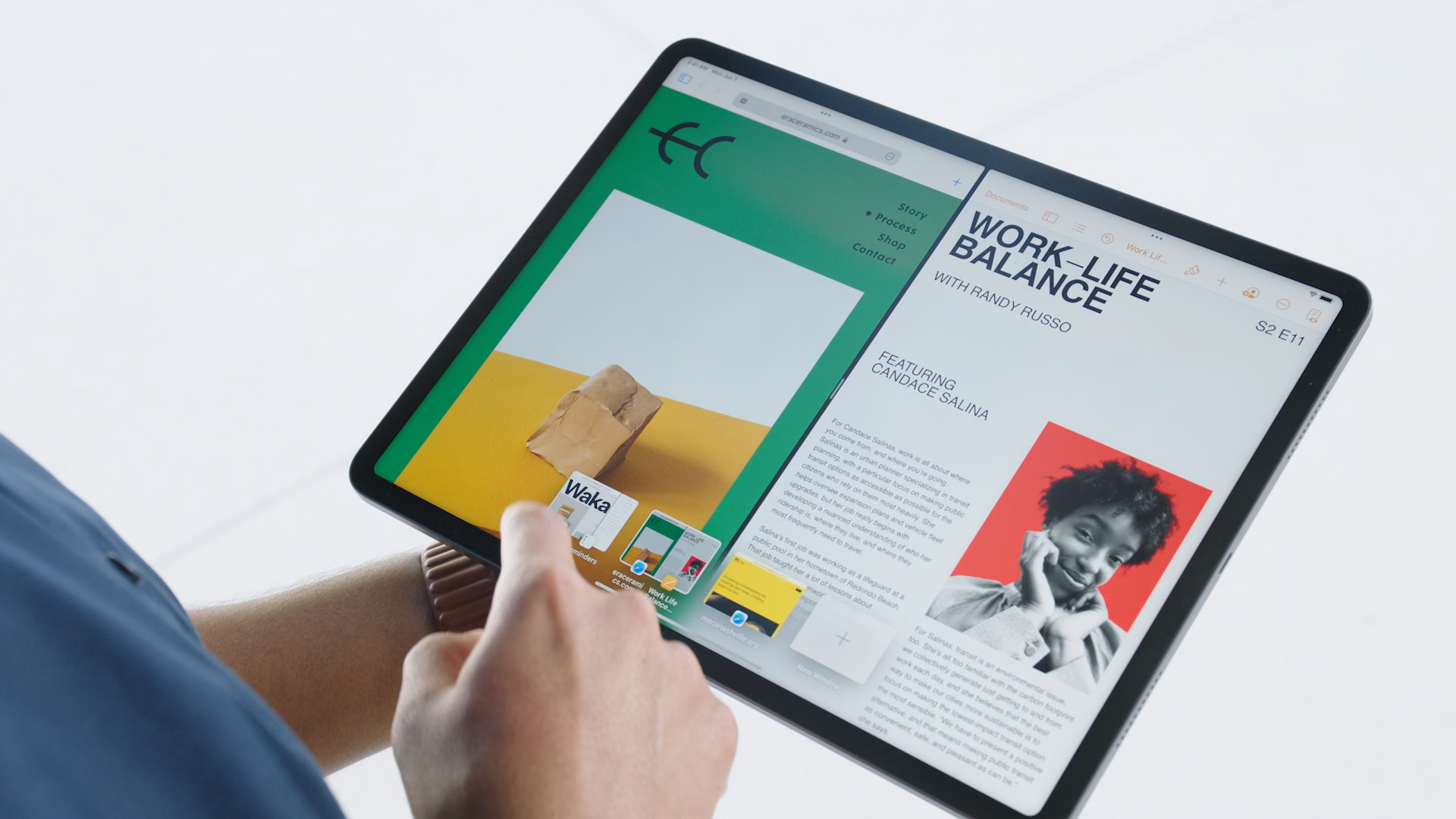
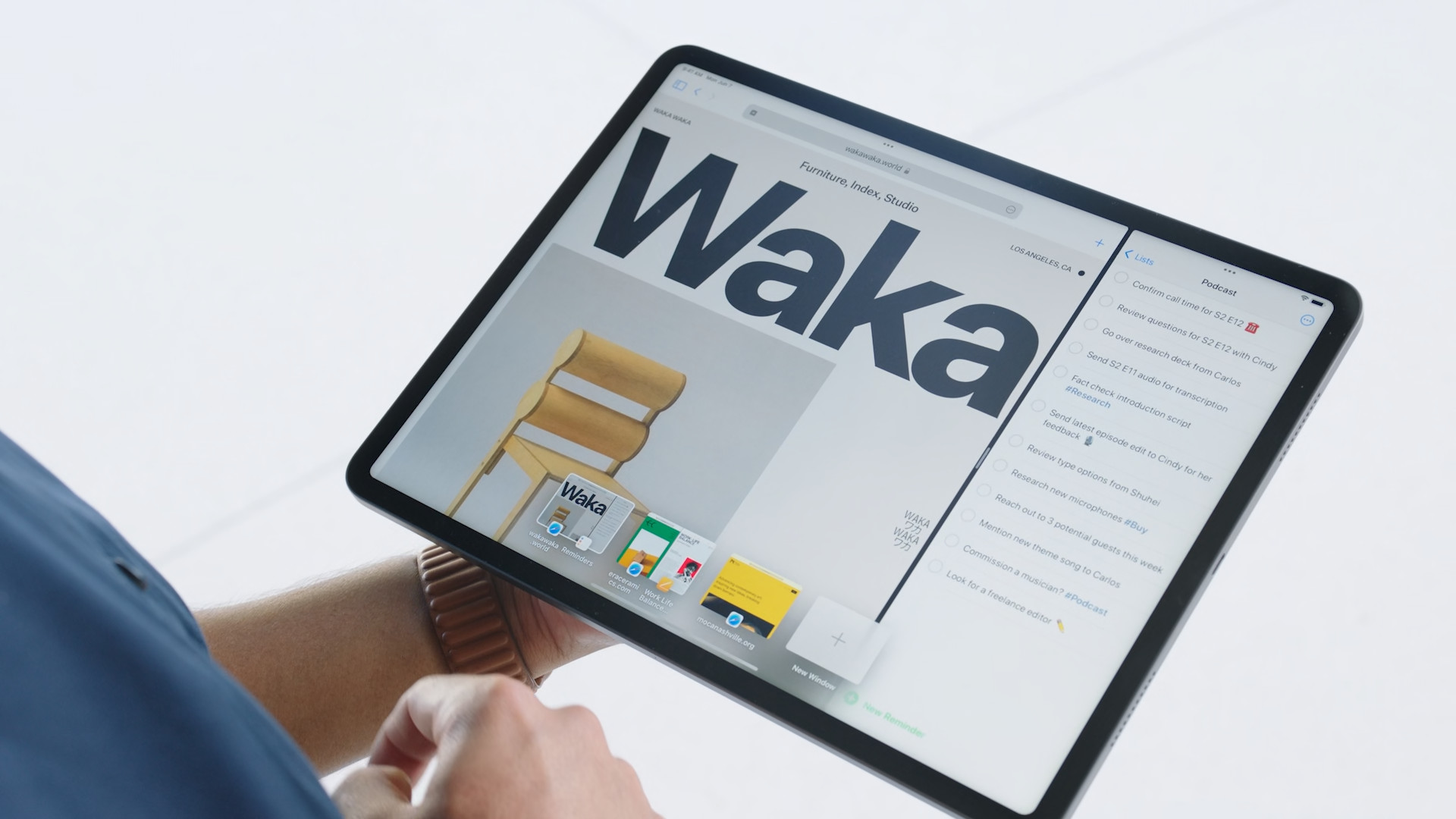


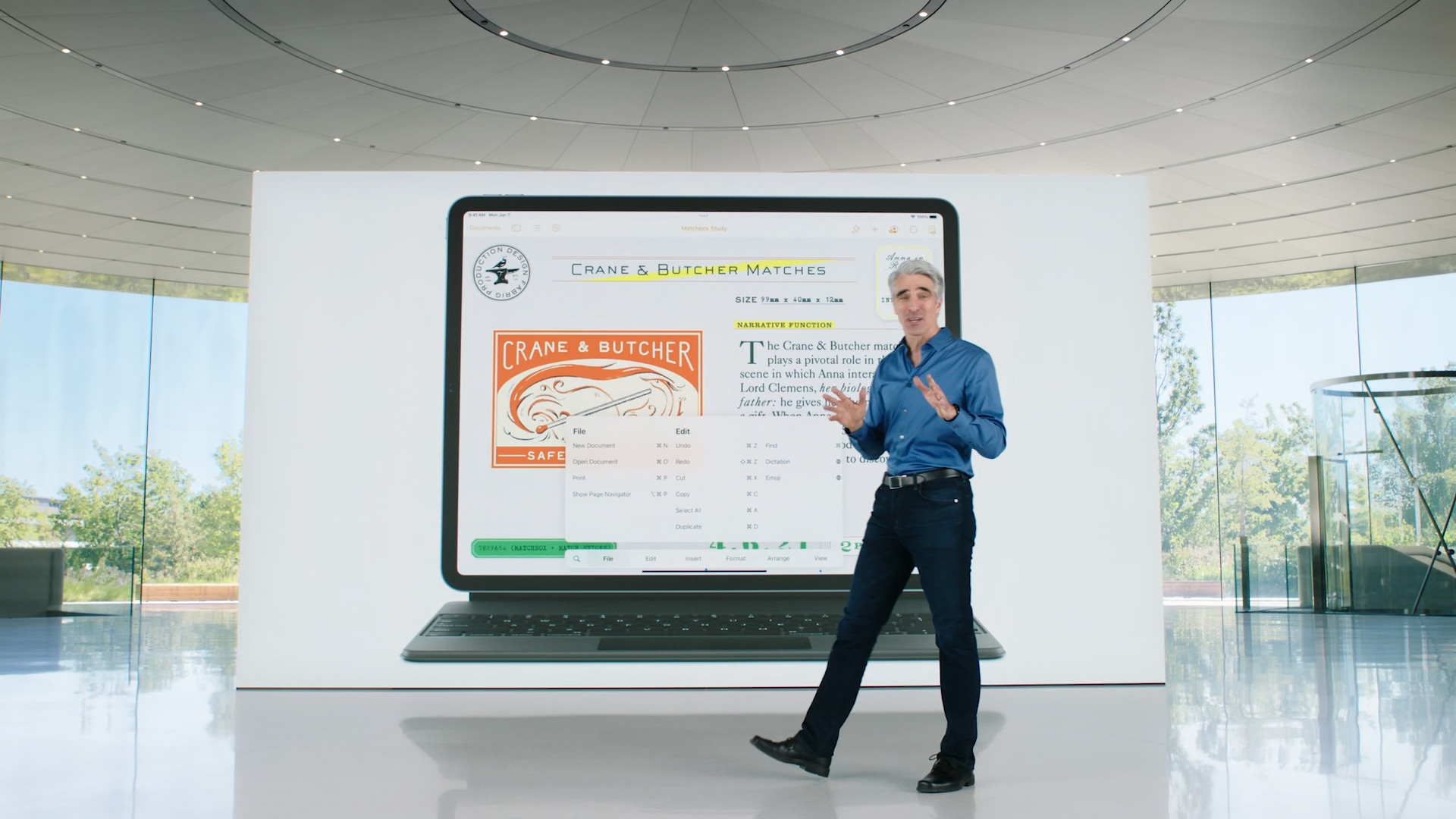


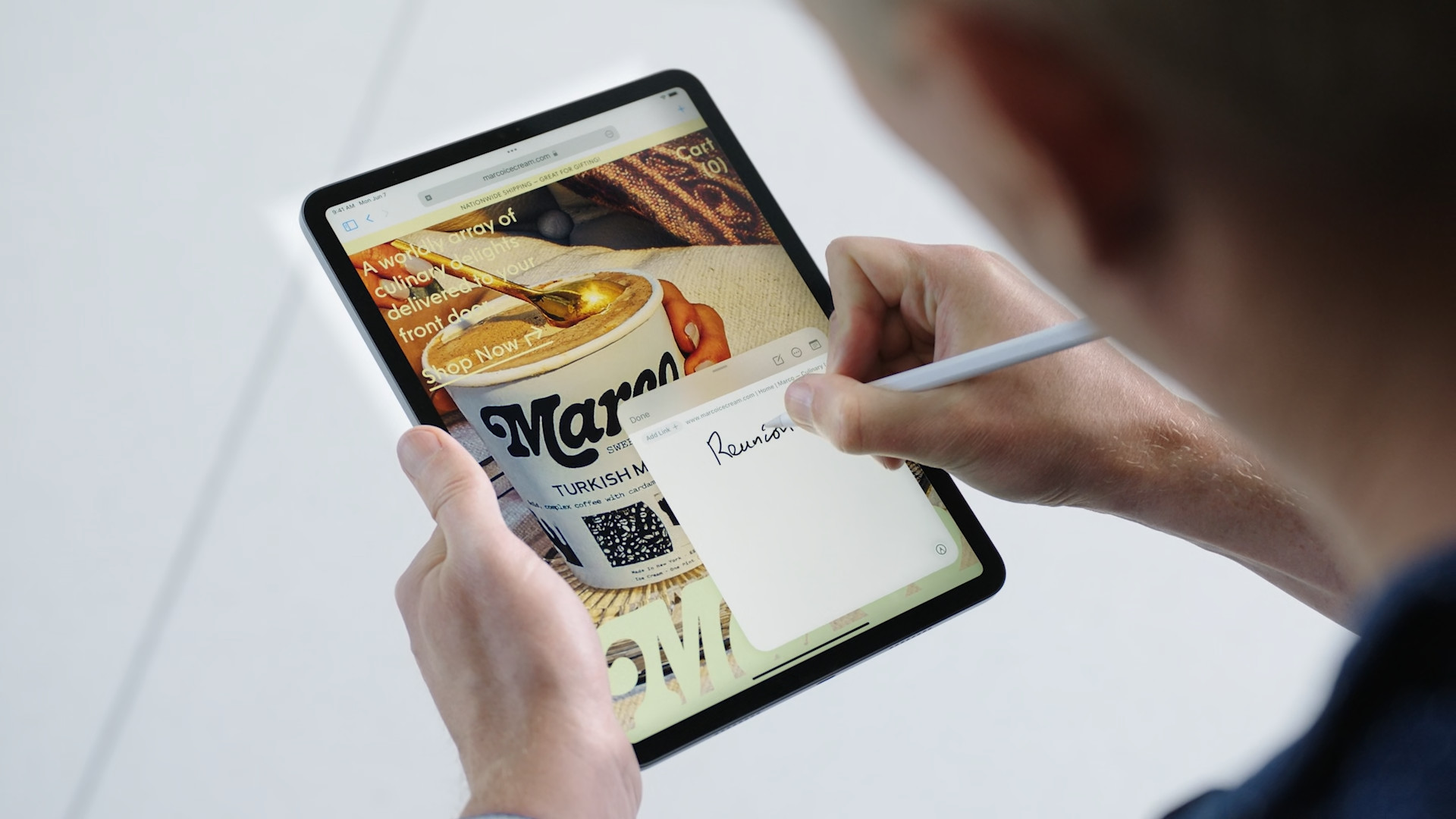
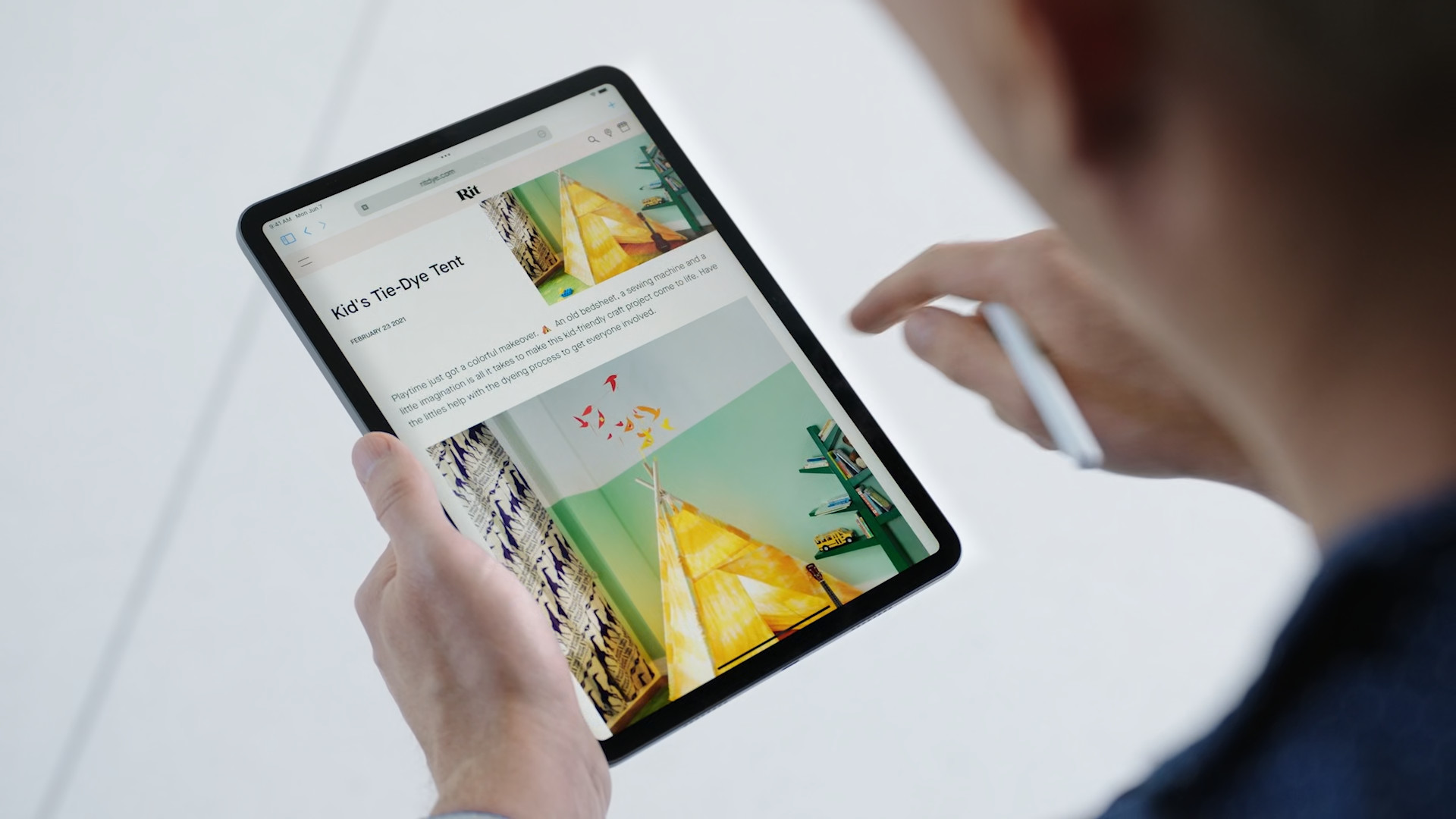
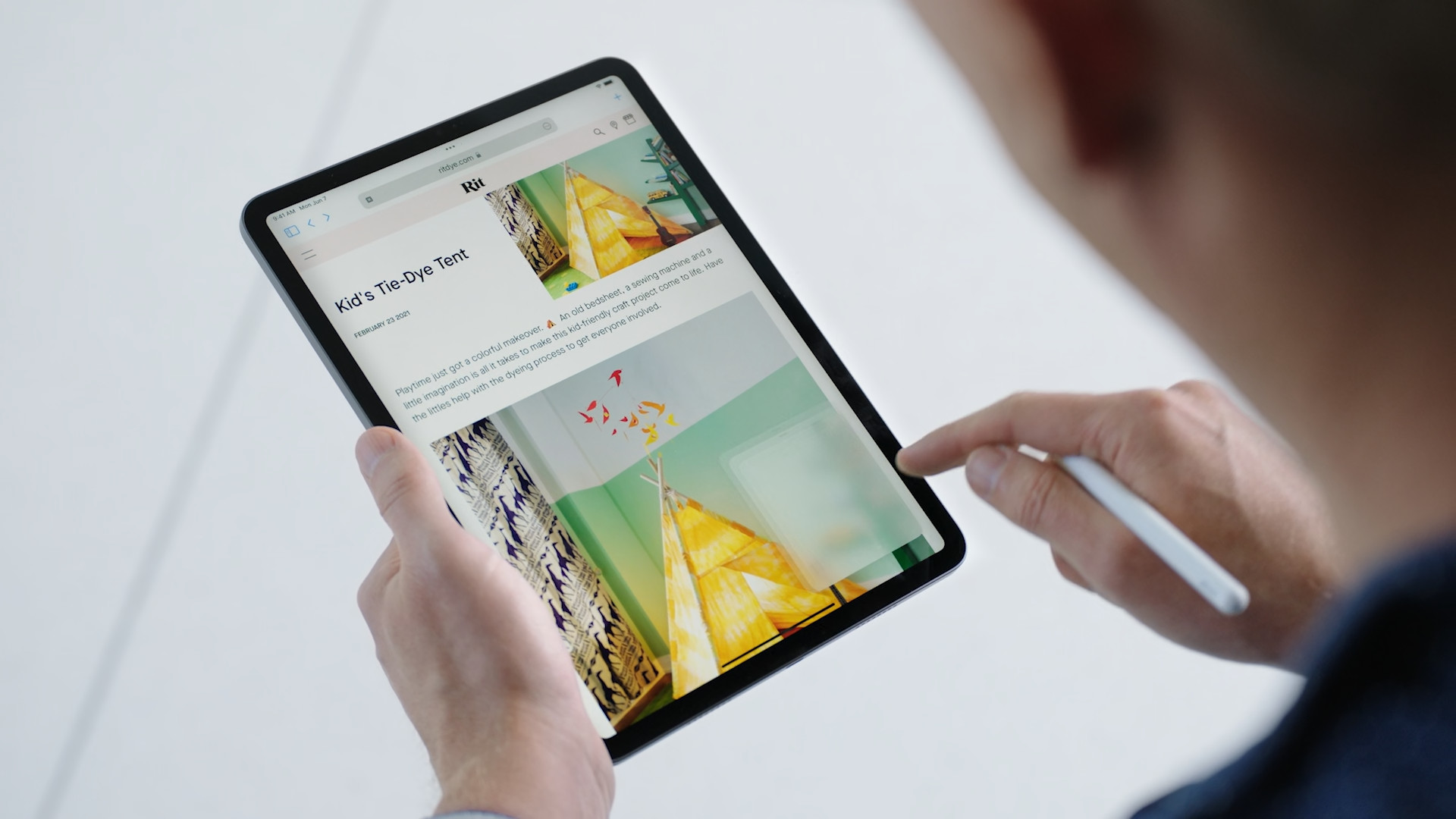

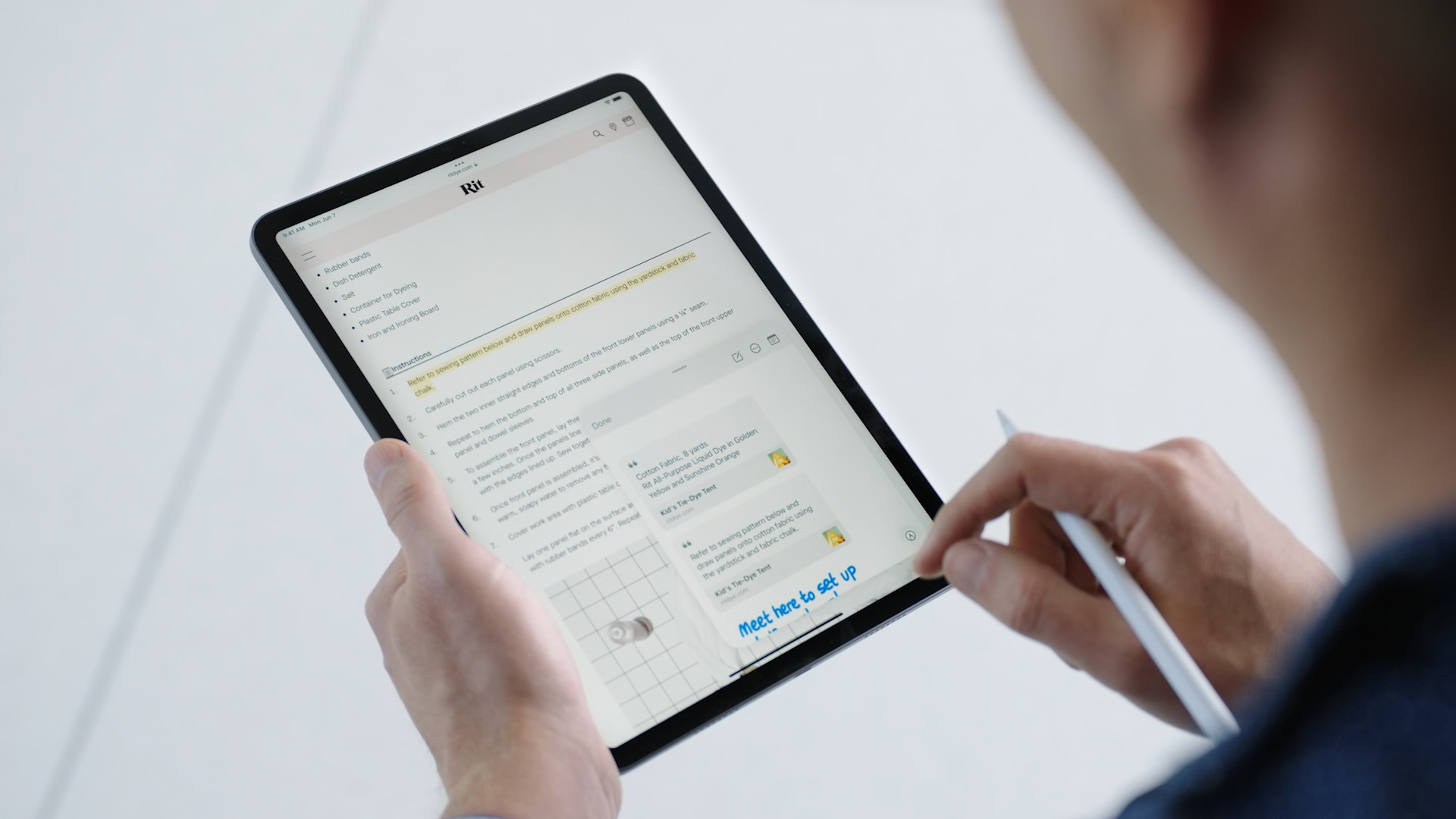

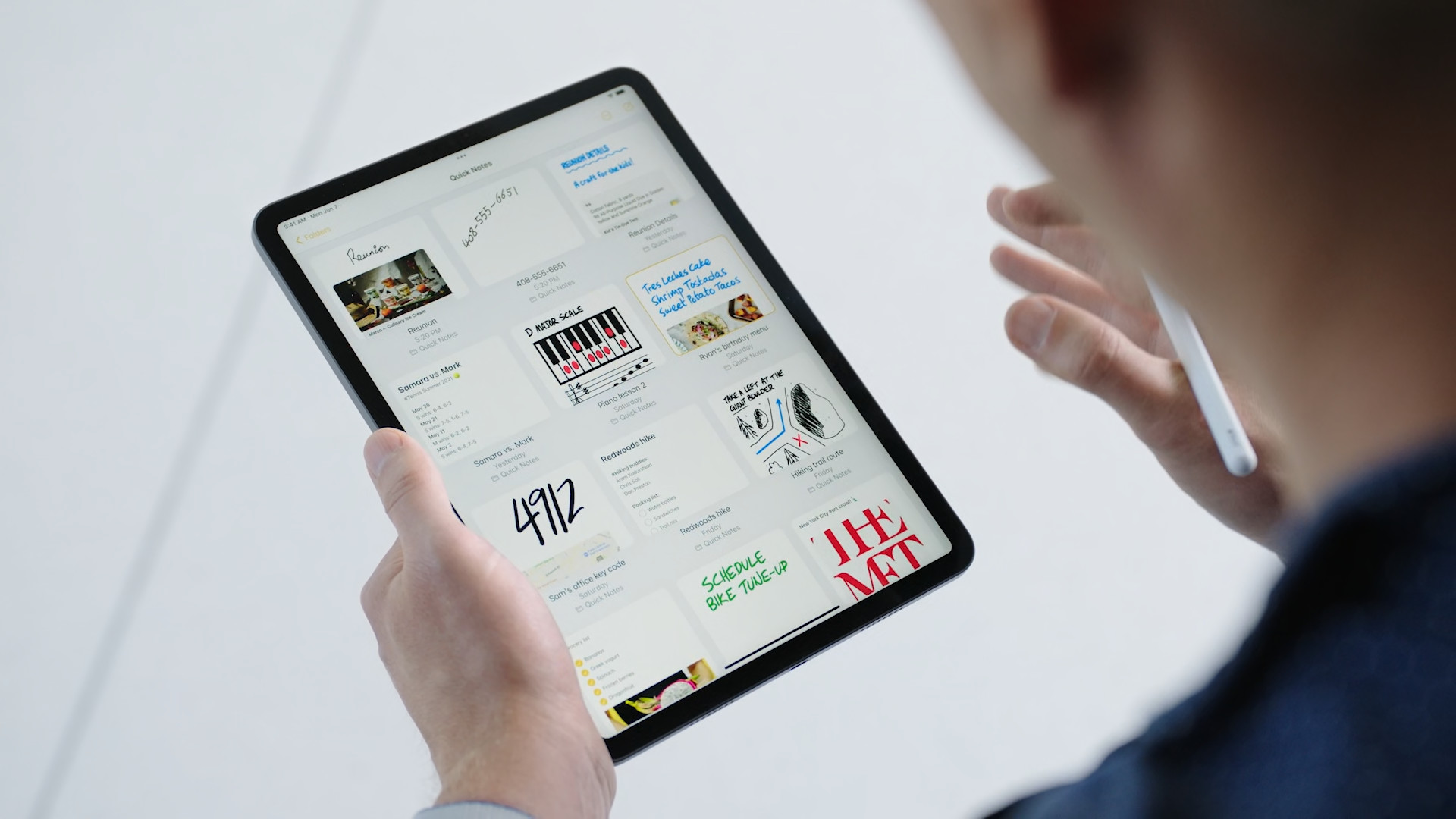


 Adam Kos
Adam Kos 

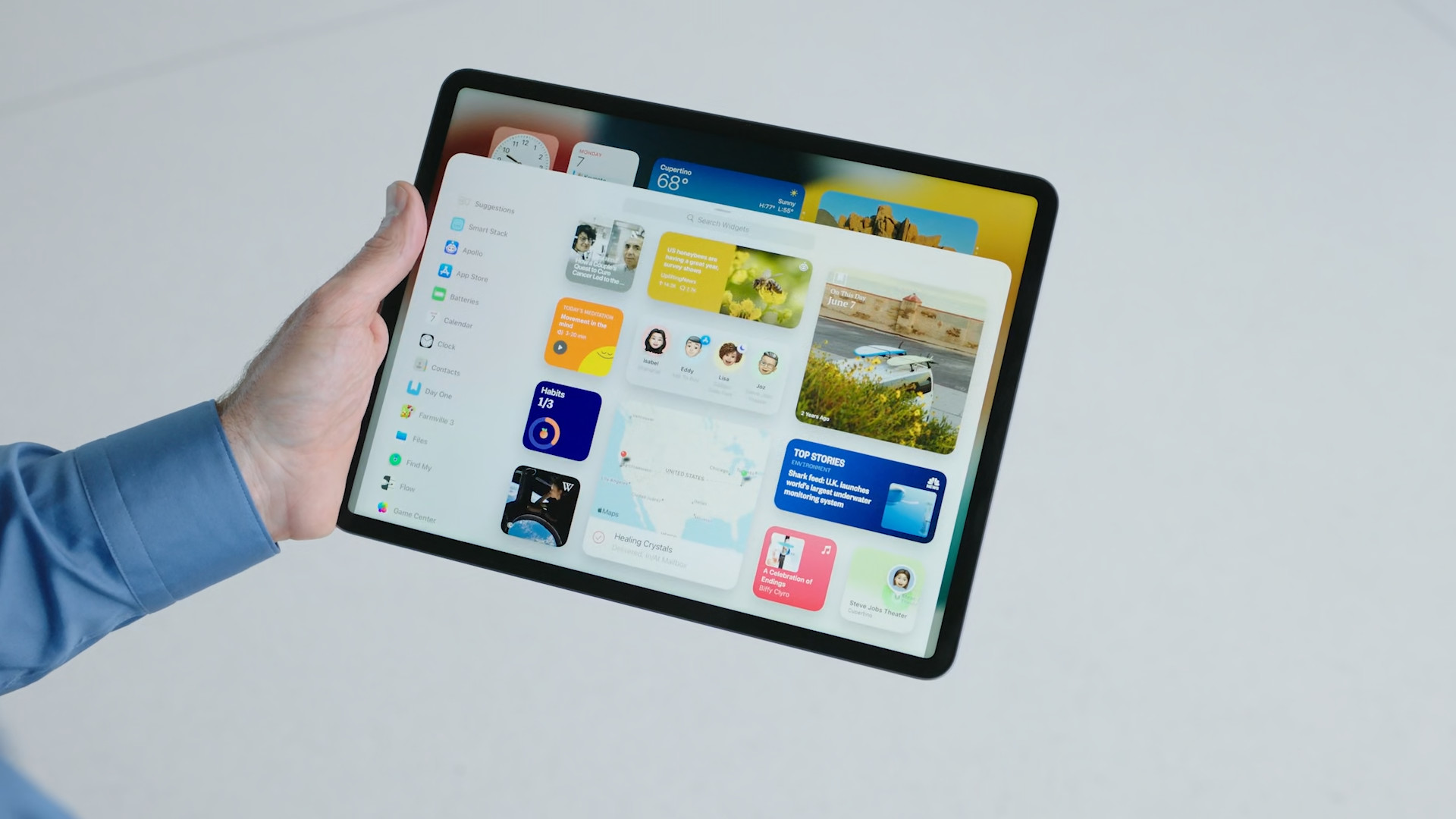
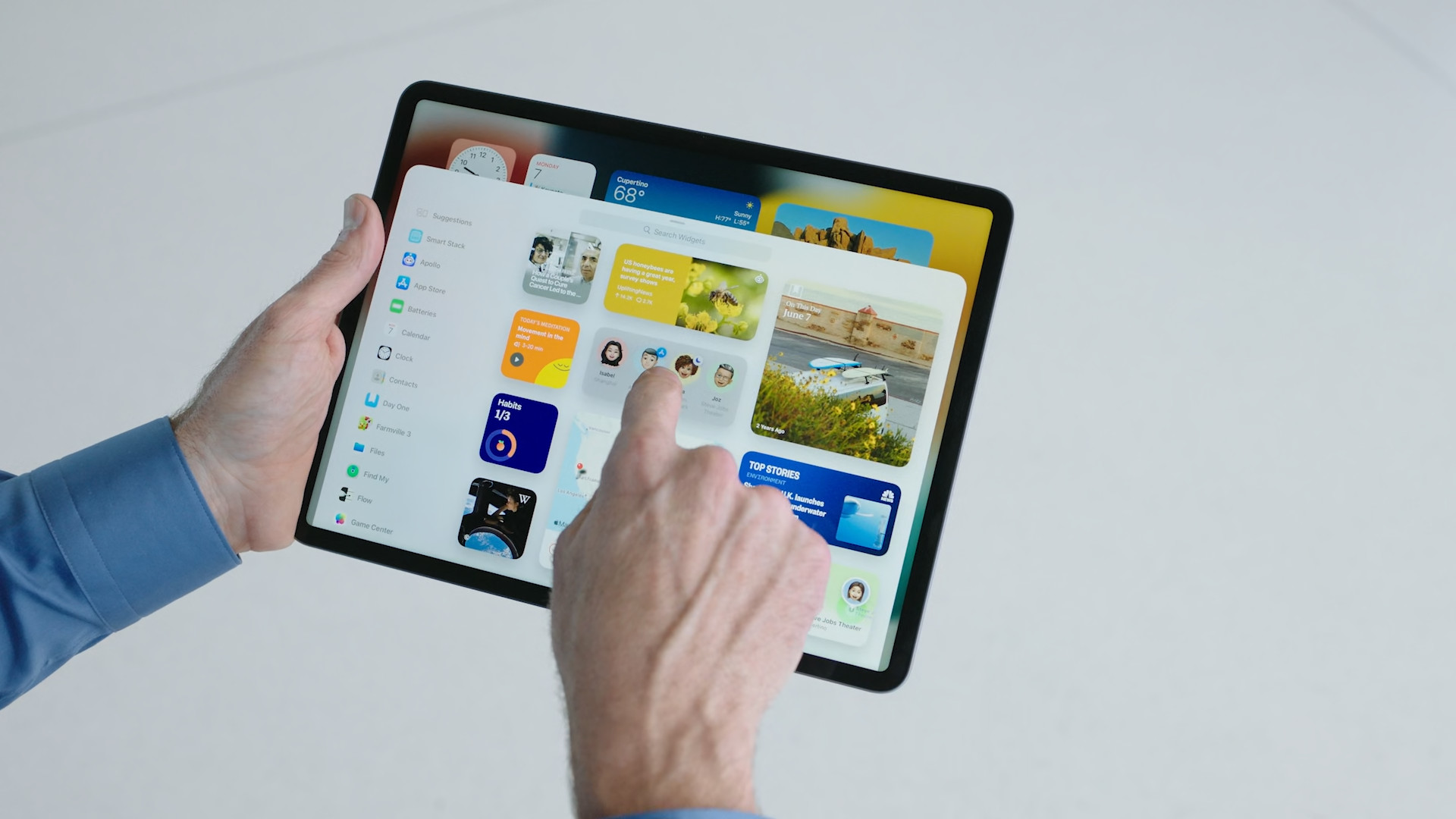
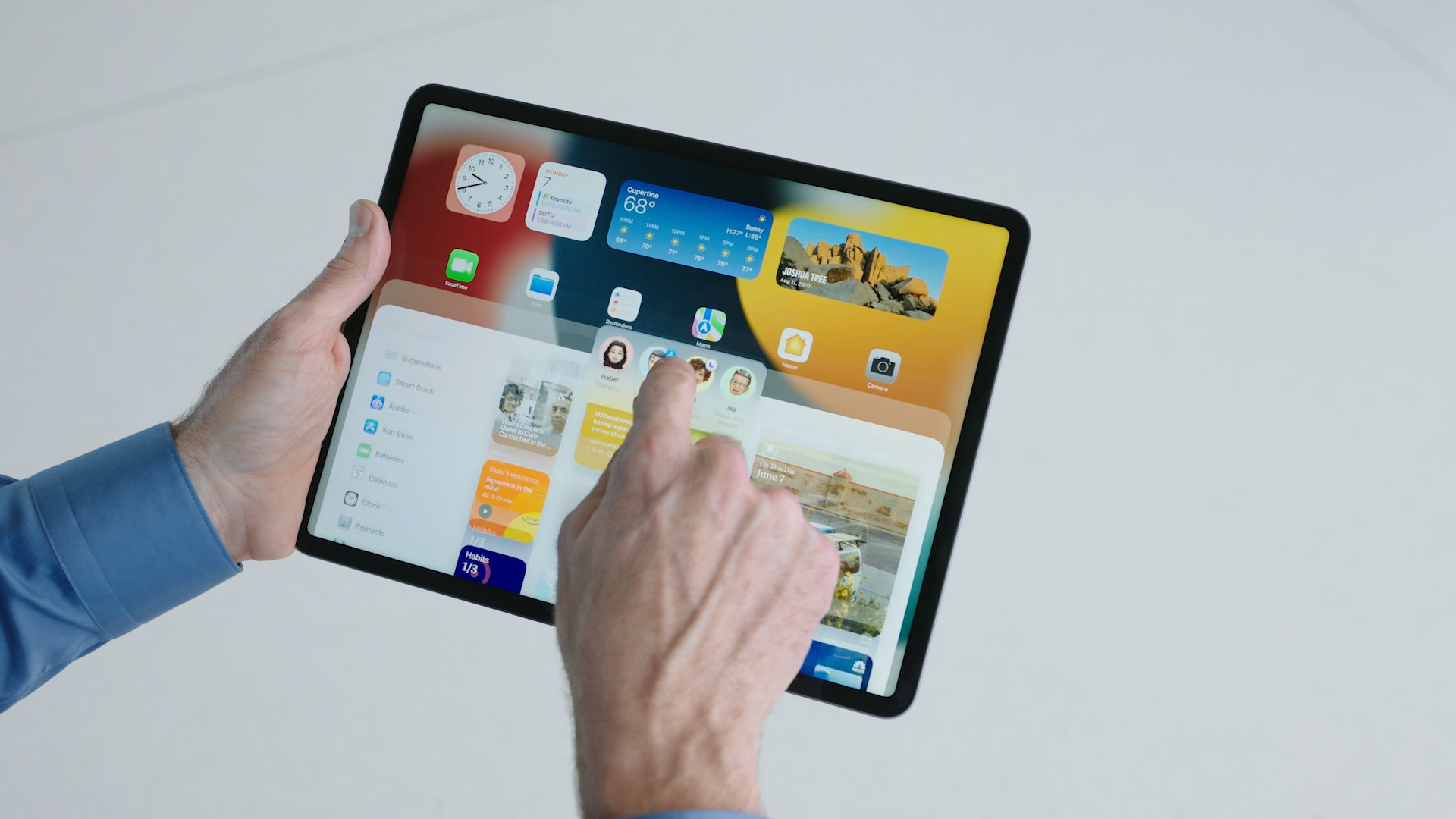
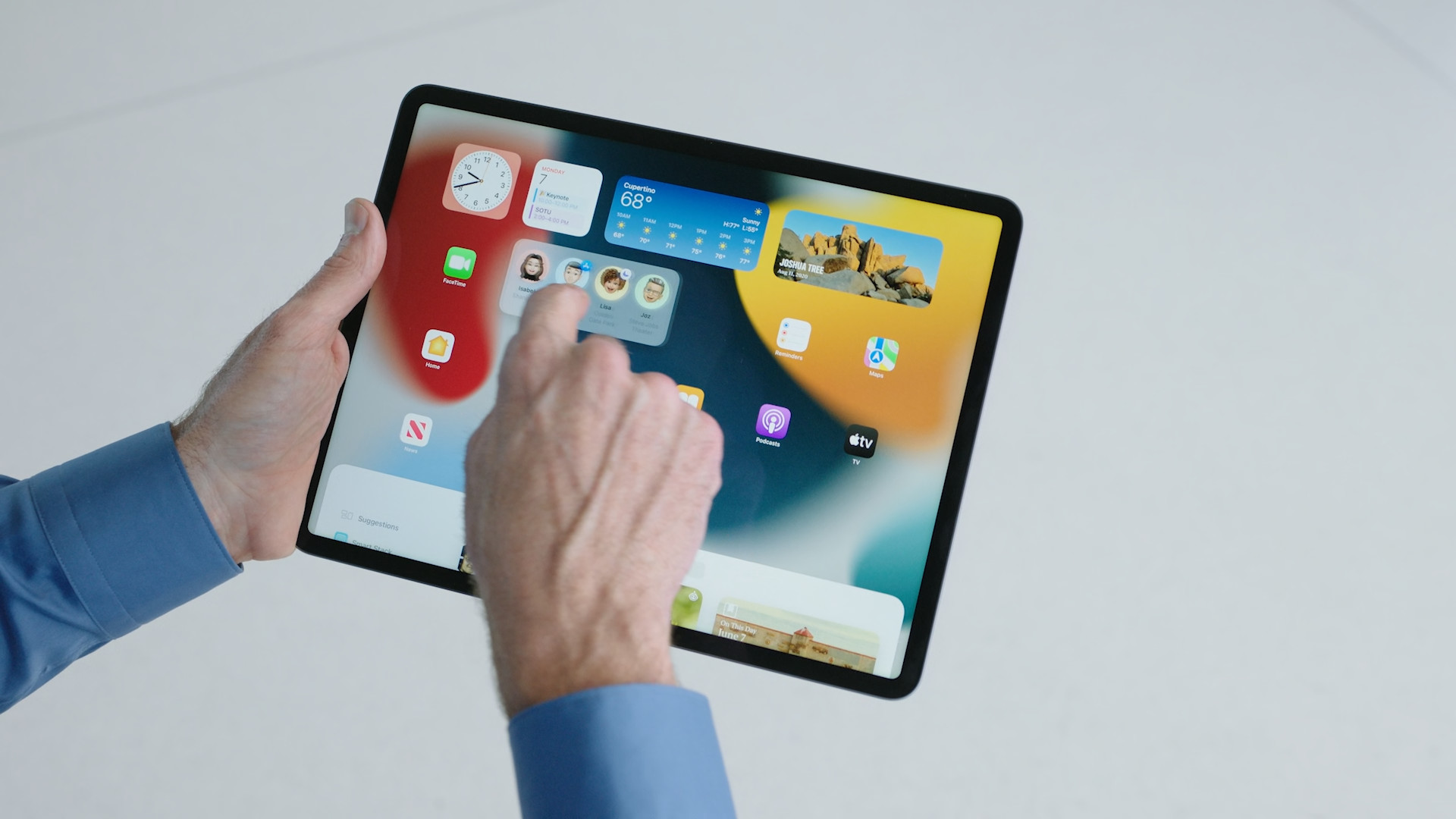
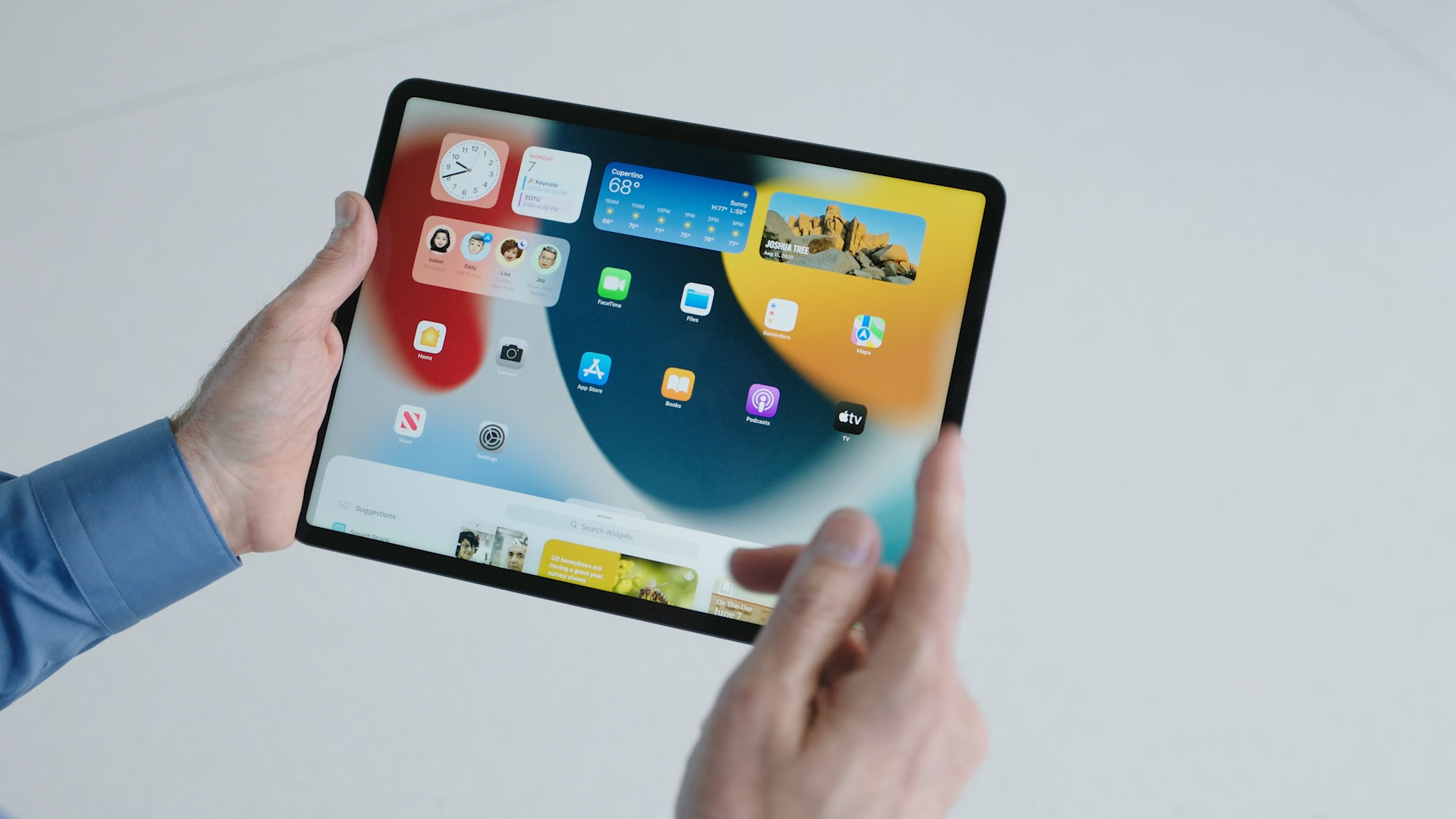
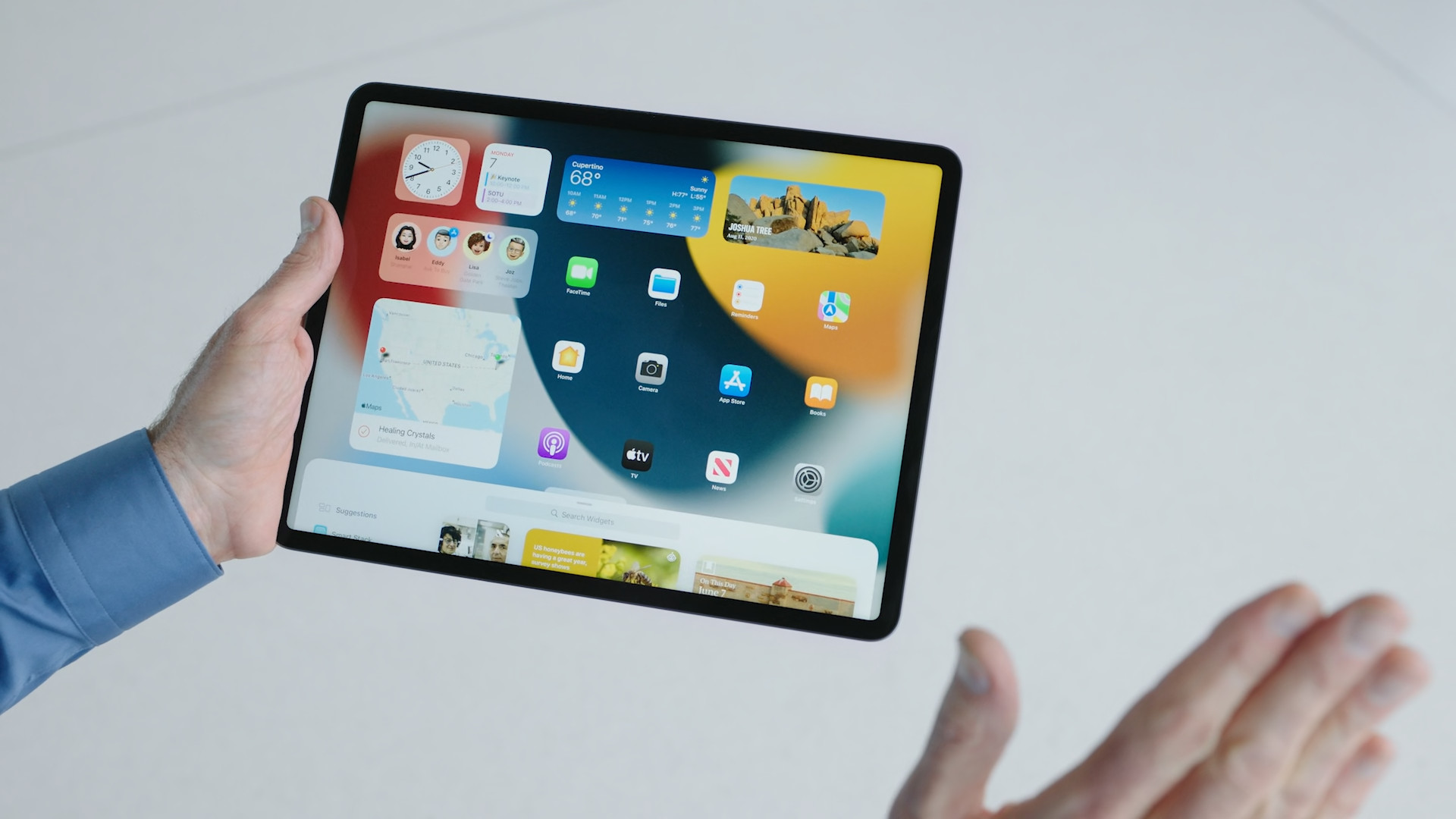
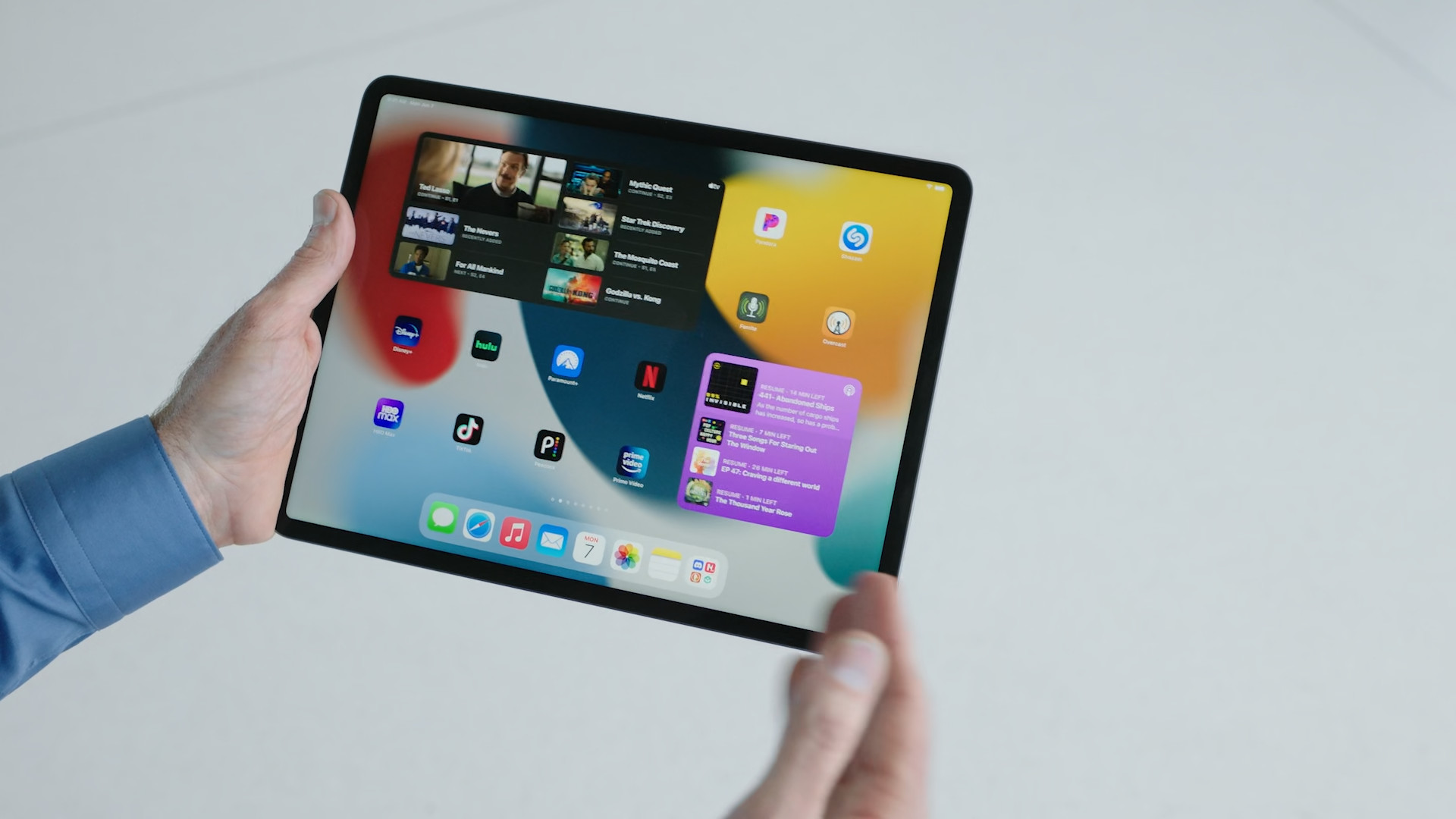
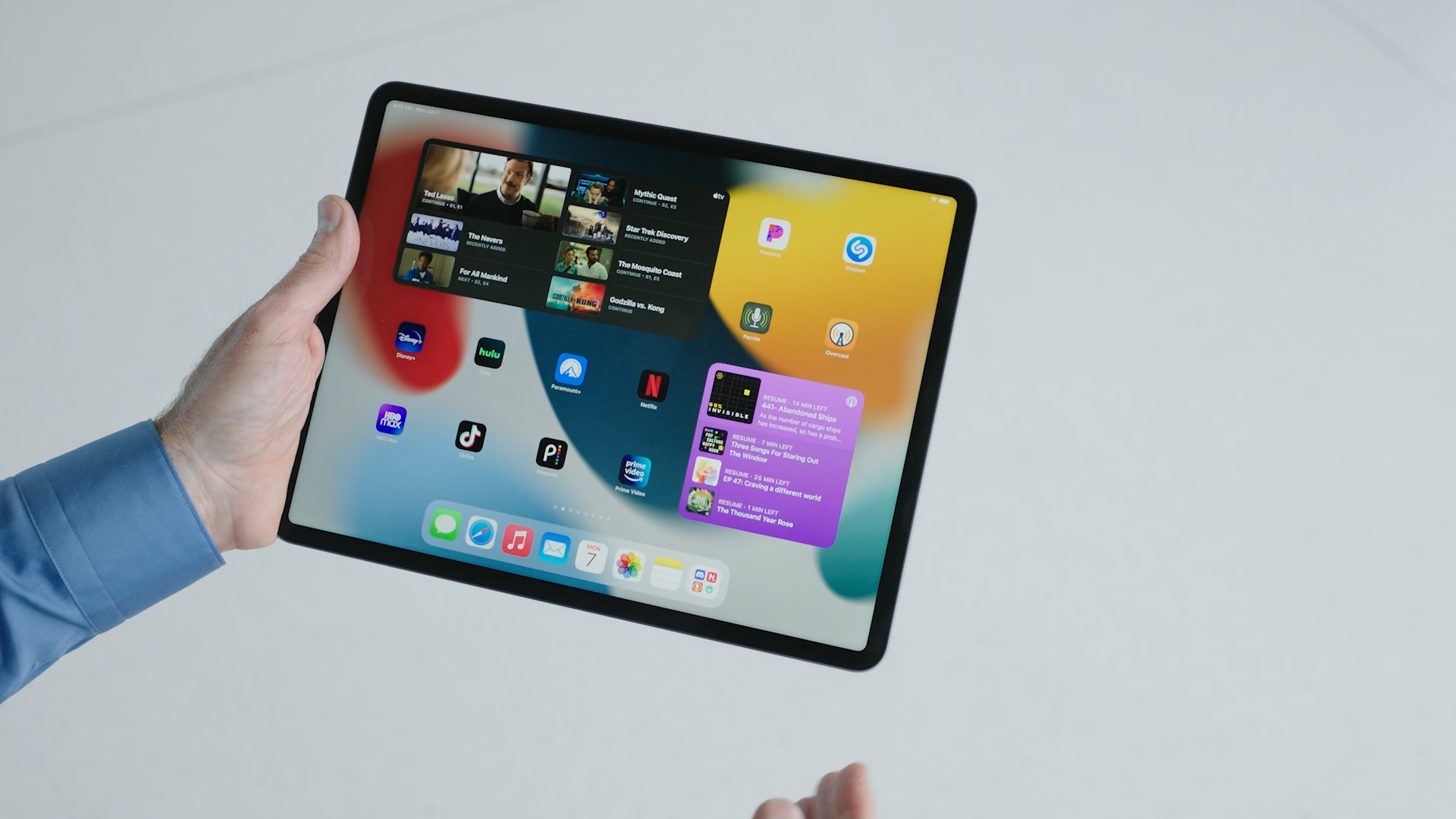
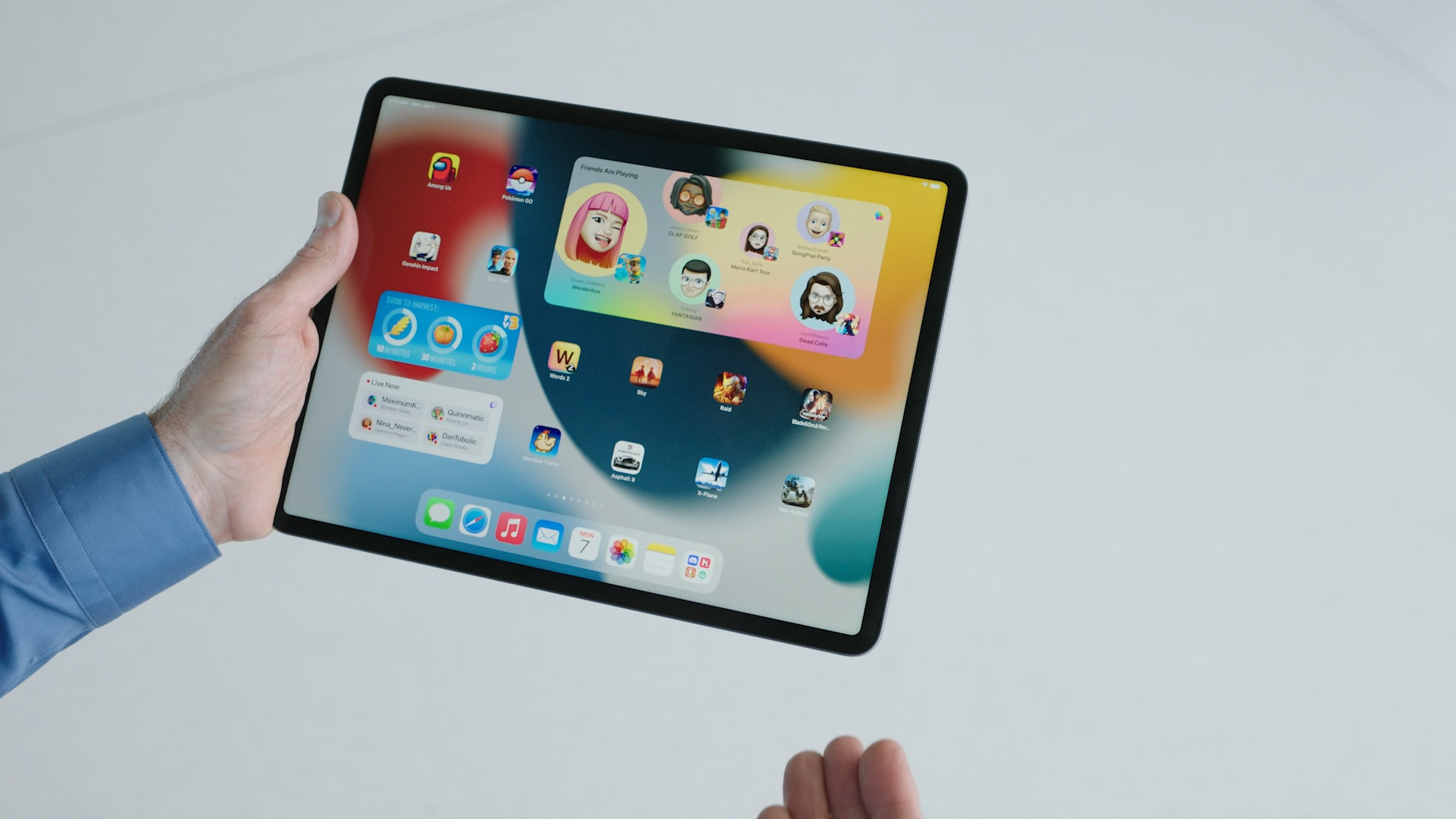

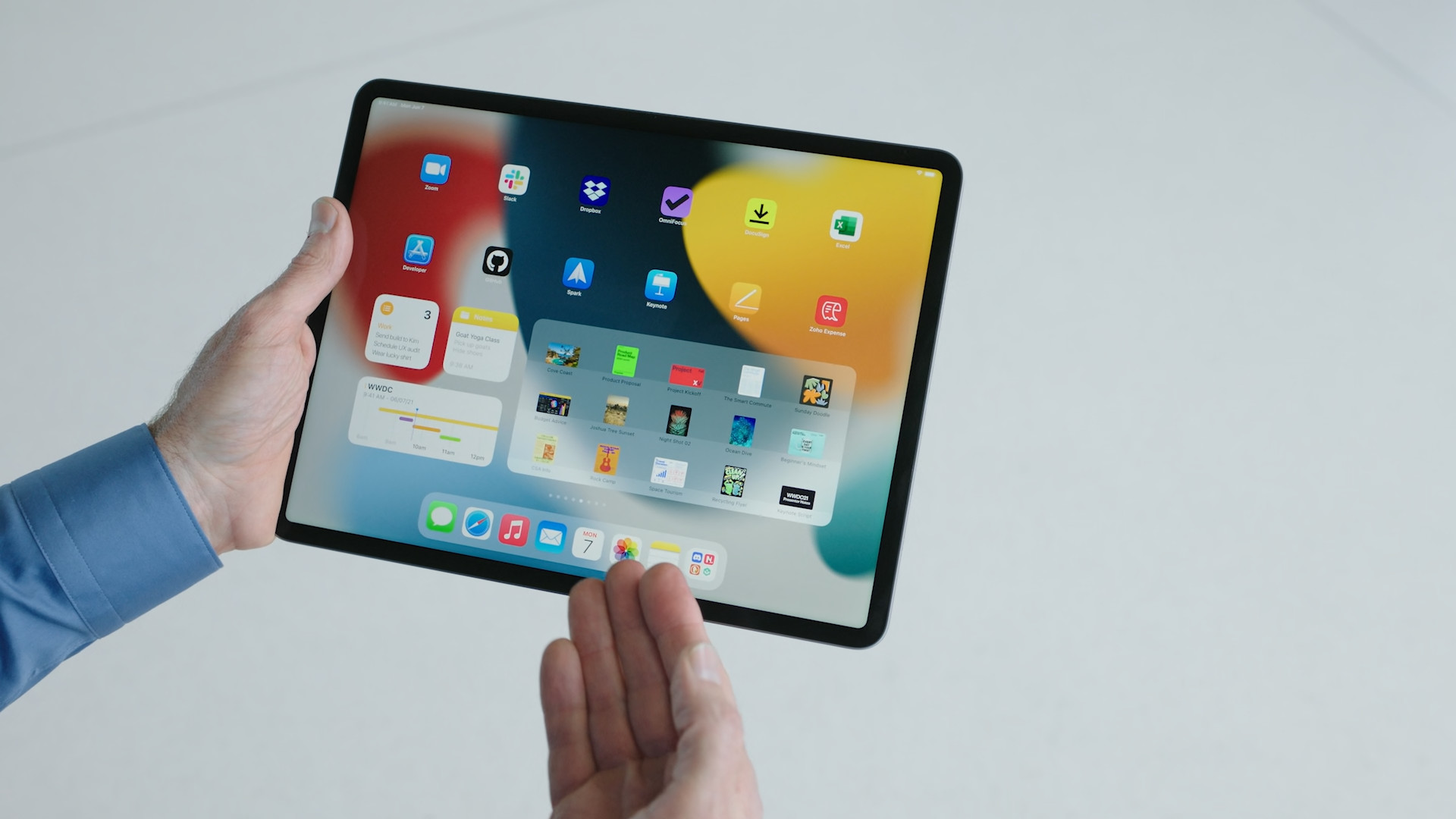
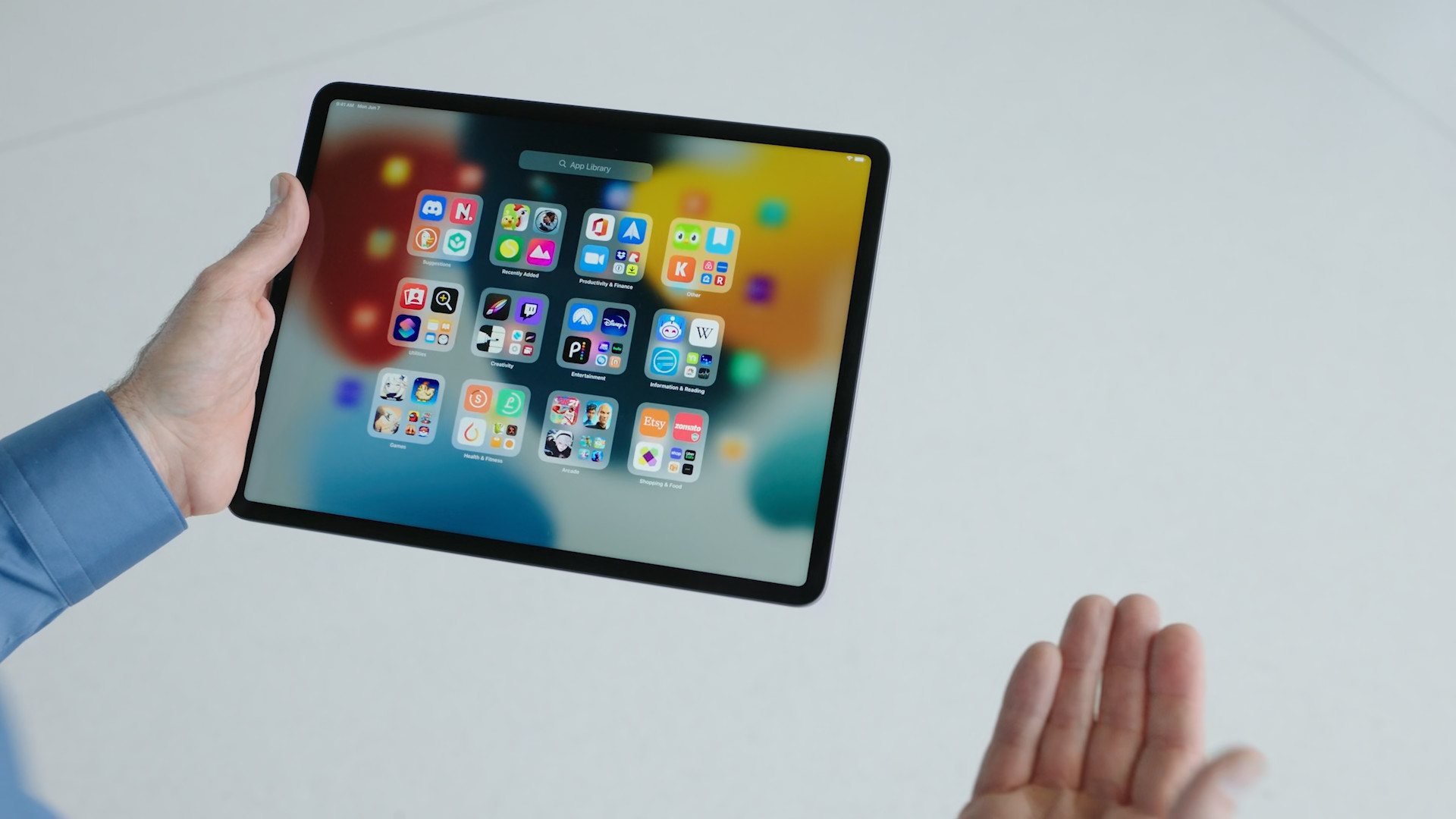

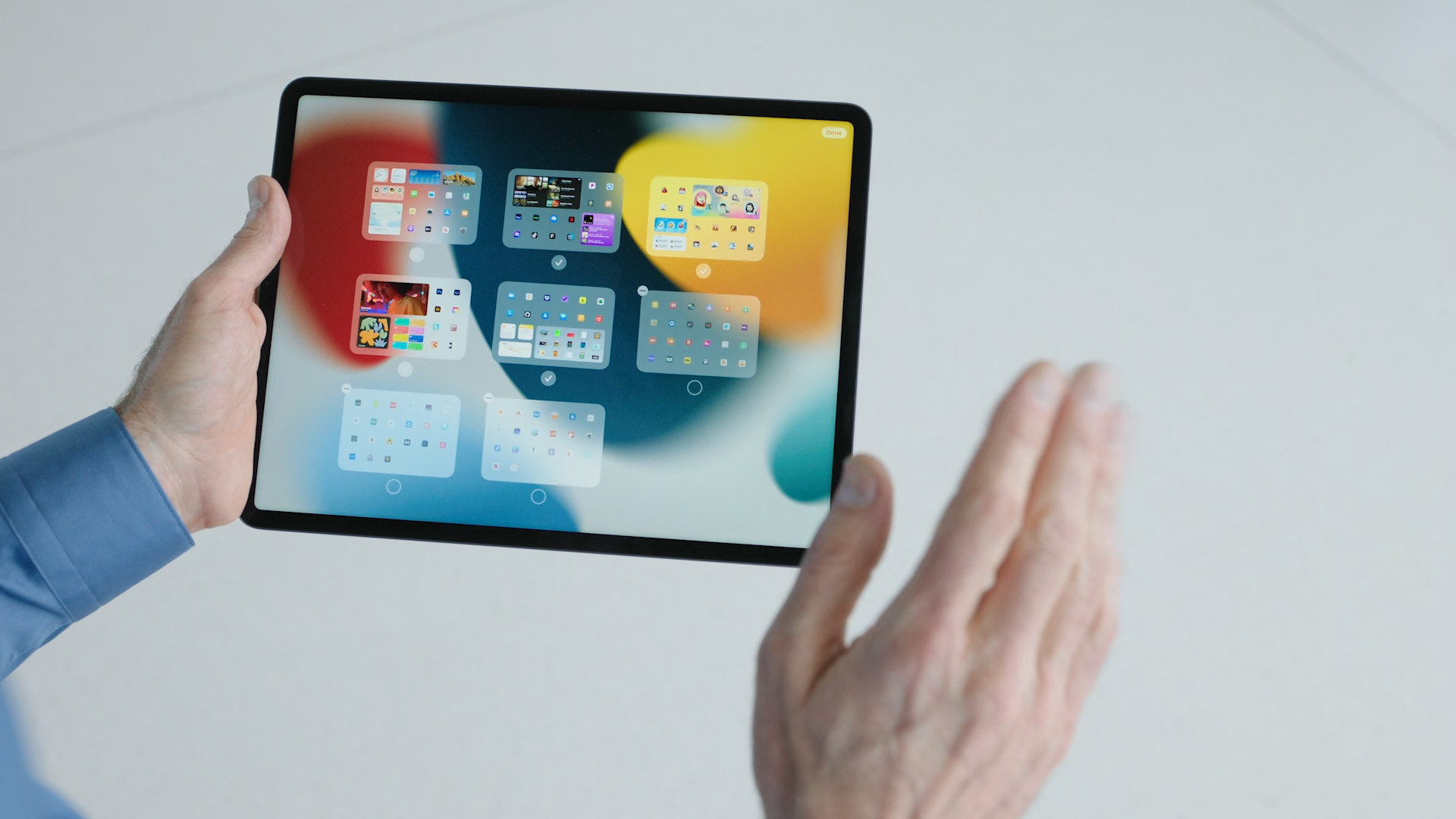
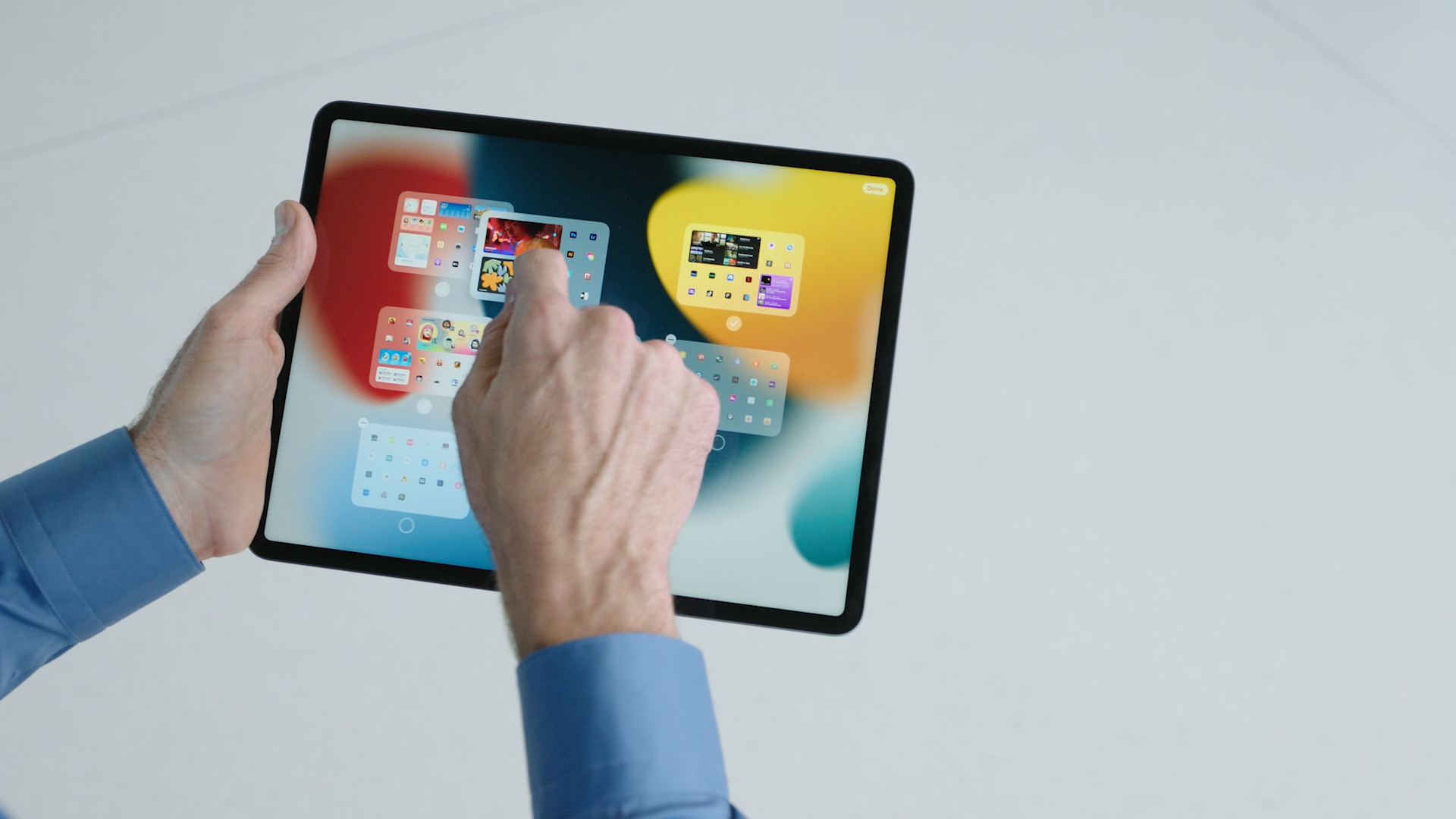



So I'll take this consideration a little further and add straight away that after the introduction of iPadOS and the total disappointment with it, I'm actually thinking about selling the iPad and buying a MacBook Air, because it will probably bring me more benefit. I practically do not use the pencil, the keyboard for ten thousand is a mockery and after half a year of use it looks absolutely terrible. I really like the iPad, the 12,9 inch screen is just great, I was used to using a 13 inch MacBook Pro for years, so it's just absolutely no problem in that regard. But iPadOS slows it down so much that in the end I'll probably have to choose between one and the other device.
Hello,
I completely understand you. I personally don't hold such an attitude, since the iPad suits me for the tasks I most often perform, but I can't deny that I'm disappointed.
I wish you a nice day and the right choice of device.
iPadOS 15 is in developer beta. If an ordinary user installs it and evaluates it, even worse, even a writer from the Apple website, I consider it a piece of cake. It's like criticizing food before the chef finishes cooking it and the waiter brings it to the table in a restaurant.
Hello,
It's probably a bit of a shame that you didn't even read the article properly. Where did I rate iPadOS and its functionality? And what's wrong with writing an opinion on news that will almost certainly come into the system in September?
"Where did I rate iPadOS and its functionality?"
Right in the title. Unless the editor wrote it.
Good evening,
I'm sorry, but it would be good on your part to clarify the concepts a bit. This is not a review, but a comment. I'm not judging the functionality here, I'm just commenting on what Apple has presented and I'm not happy with it. However, if you read the article carefully, which I would expect after writing the comment, it is clearly emphasized here that something can still change before September.
Have a nice day.
the garter belt is more like this article. I had to read quite a bit of text to get some information. I found out afterwards that the author doesn't program, but he knows it's useless. That's what I call a waste of time.